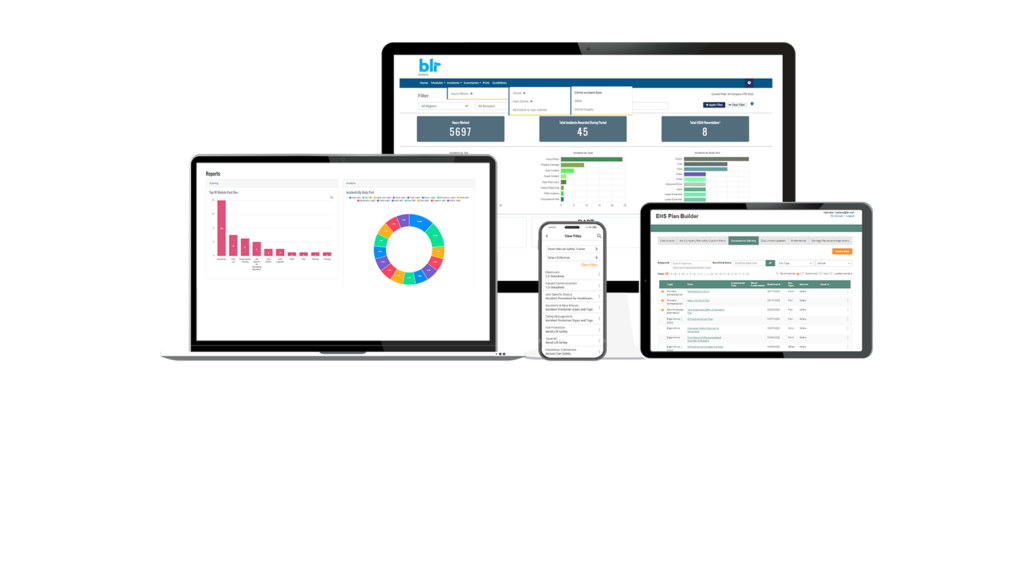How to effectively track your company’s safety performance
As a safety manager, it’s crucial to have answers to important questions regarding the effectiveness of your training programs, policy changes, and hazard identification. However, managing and tracking these variables can be challenging given the multitude of tasks involved. The following tips will help you effectively monitor and evaluate your company’s safety performance.
Lagging indicators
Start by considering the “what” before determining the “how.” Lagging indicators, such as lost workdays, workers’ compensation payouts, Occupational Safety and Health Administration (OSHA) recordable injuries, and injury frequency and severity, provide statistics on workers’ past compliance with safety guidelines. While useful, these indicators only measure negative outcomes and may not capture existing hazards that could lead to future injuries.
Leading indicators
To gain a better understanding of your safety program’s effectiveness, you also need leading indicators. These measure the actions taken to prevent incidents from occurring, such as safety training sessions, audits, employee surveys, and equipment maintenance.
Improvements in predictive leading indicators often correlate with improvements in lagging indicators. For example, increased attendance in lockout/tagout training may lead to fewer machinery-related injuries. Identifying effective leading indicators will help you spot incremental improvements, gain worker buy-in, and foster feedback and problem-solving.
Repeat offenders and trends
Lagging and leading indicators provide valuable insights, and tracking trends throughout your organization is crucial. Identify work groups and individuals associated with the nearest misses and injuries. Determine persistent hazards and assess if they pose similar risks across different worksites.
Equally important is identifying the teams and individuals responsible for positive changes in leading indicators and how their actions impact lagging indicators. A comprehensive overview of successes and failures will enable you to take decisive and efficient actions.
Digital incident tracking
Use a digital incident tracking system to simplify tracking indicators and trends. Customized user-friendly forms allow for accurate recording of incidents, and filters can be applied to analyze data based on employees, teams, divisions, and worksites. Access to organized historical data enables quicker data analysis and more efficient action-taking.
A multifaceted safety program
To successfully track and manage the numerous variables involved, a comprehensive system capable of integrating all aspects simultaneously is essential. The vast amount of data from training programs, job safety analyses (JSAs), audits, reports, and investigations are too overwhelming to manually process effectively.
To gain a comprehensive perspective that allows for timely and cost-efficient improvements, using an all-inclusive safety software suite is crucial. This software keeps all necessary information and applications in a central repository, providing a bird’s-eye view of the entire safety program.



